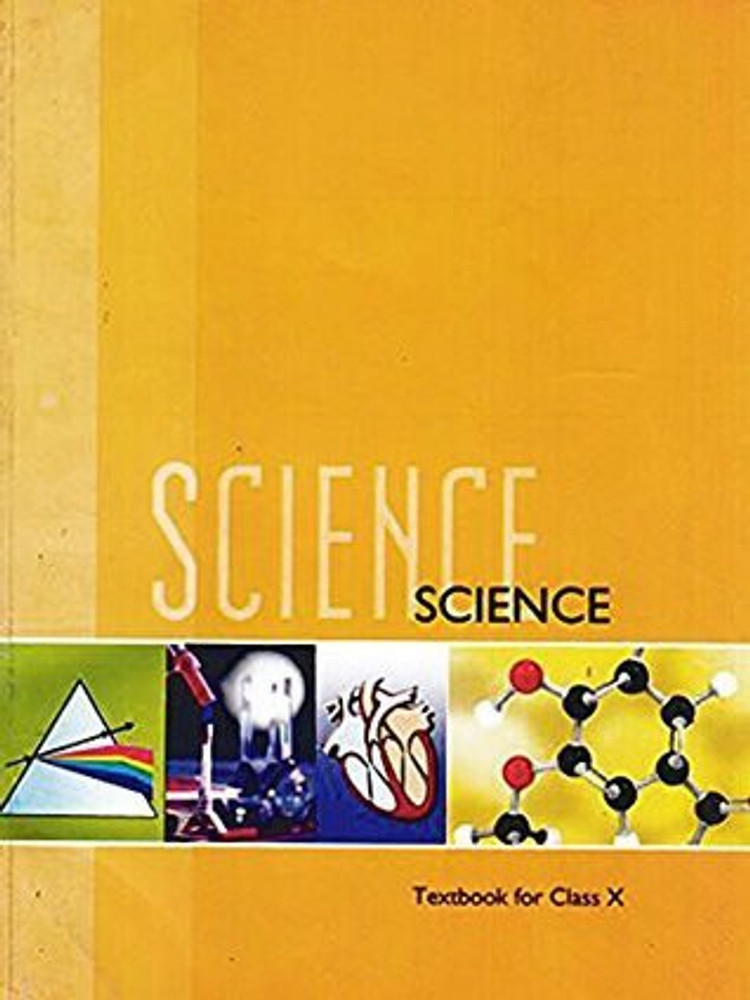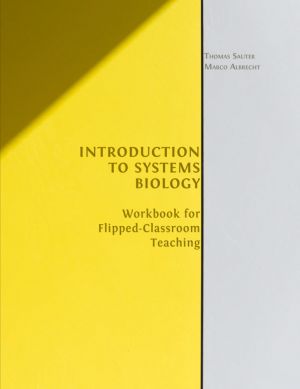ISS Successfully Executes Collision Avoidance Maneuver Amid Rising Space Junk Threat
The International Space Station (ISS) conducted its 39th collision avoidance maneuver to evade space debris from a 2015 satellite breakup. The adjustment in orbit prevented a potential close encounter within 2.5 miles of the ISS. Experts attribute increasing debris risks to factors such as satellite fragmentation events and solar activity. Measures like active satellite removal have been recommended to mitigate future threats.

On November 19, the International Space Station (ISS) adjusted its orbit to avoid a fragment of space debris originating from a satellite that disintegrated in 2015, according to NASA reports. The maneuver raised the station's altitude of approximately 250 miles (440 kilometres) above Earth, preventing the debris from coming within 2.5 miles (4 kilometres) of the orbital outpost. This marked the 39th avoidance action taken by the ISS since its initial launch in November 1998 and the first instance of 2024.
Space Debris: A Growing Threat
Data from NASA shows that over the years, the ISS has conducted multiple maneuvers annually to protect its crew and infrastructure from space debris, although 2024 has seen fewer incidents compared to previous years. Hugh Lewis, a professor of astronautics at the University of Southampton, explained in Live Science that while fewer evasive actions have been needed so far this year, this could change unpredictably, with sudden increases in collision risks potentially necessitating immediate responses.
Causes of Space Junk Proliferation
According to reports, increased solar activity during the current solar maximum cycle has been influencing the behaviour of space debris. Solar events, such as coronal mass ejections, cause Earth's atmosphere to expand, creating drag that can alter debris trajectories. Additionally, deliberate satellite destruction tests, such as Russia's anti-satellite (ASAT) test in 2021, have significantly contributed to the accumulation of hazardous debris. Four of the nine maneuvers conducted by the ISS since 2021 were linked to fragments from Cosmos-1408, a Soviet-era satellite targeted during the ASAT operation.
Mitigating Future Risks
Experts, including Lewis, have emphasised the importance of removing defunct satellites to limit debris growth. It was noted that proactive measures, such as deorbiting retired satellites, would reduce collision threats significantly. With the ISS scheduled for decommissioning in 2031, maintaining safe operations remains critical as the threat from space junk continues to escalate.













)






























































